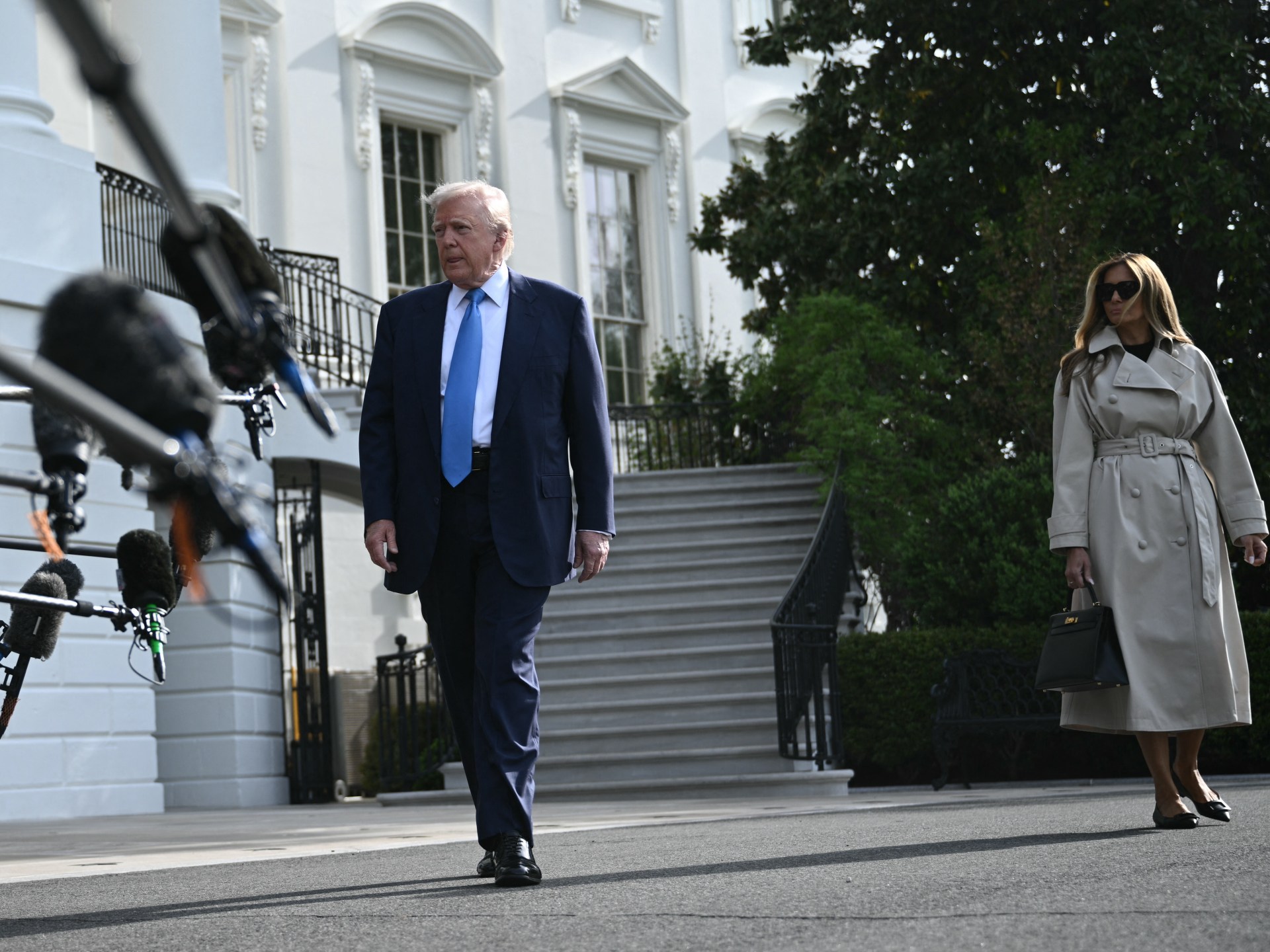Donald Trump, president of the United States, claimed that his tariffs were already generating $ 2 billion daily. At the time, the actual number was $ 192 million per day.
Although imports have increased a little since then, they still fall short of what the president had predicted.
According to the most recent data from the US Department of Commerce, the US collected $ 285,0 in customs and other excise taxes for the day on April 25. The total has so far exceeded $ 16.1 billion in April. The US Treasury Department released a daily report on January 17 to bring in $ 128 million, which is an increase over the previous day of former president Joe Biden’s reign.
Trump had threatened to impose “retaliatory tariffs” on almost all of its global trading partners. Due to China’s involvement in the fentanyl trade, Trump claimed, the country maintained its highest, which was 125 percent, in addition to an earlier 20 percent rate.
He imposed a 10% levy on all US imports on April 9 and put a stop to the retaliatory tariffs on April 9 by excluding China. Additionally, he continued to impose tariffs that he had instituted in March on imports of potash, steel, aluminum, and cars, which are now generating US revenue. Trump stated on Tuesday that his goal was to lower some auto tariffs, and that businesses that pay them would no longer be subject to additional levies, such as those on aluminum and steel, with reimbursements in the works for those tariffs that had already been paid.
Beijing has since imposed 125 percent tariffs on the US. Both sides have since made a small reversal. According to media reports, the US exempted some Chinese electronic imports from its tariffs, and China was considering exempting some of them.
The US consumer is likely to weigh a lot of this. The American public currently has the highest average tariff rate in more than a century, at 28%, according to the Yale Budget Lab.
lasting effect
Before Trump took office, tariffs were still imposed on a wide range of products, from electric vehicles to lumber.
Additionally, the Biden administration was strict with Chinese goods. Biden imposed a 25% tariff on steel and aluminum, a 50% tariff on semiconductor chips, and a 100 percent tariff on electric vehicles in 2024. However, the action was a continuation of a tariff plan put in place during Trump’s first term.
Trump had already imposed 25 percent tariffs on steel in 2018, and 10 percent on aluminum immediately followed. Trump lifted those tariffs on Mexico and Canada in 2019. As steel prices rose as a result of the COVID-19 pandemic, Biden reversed tariffs that Trump had suggested specifically for the European Union in 2021.
Biden also increased lumber tariffs on Canada, which have long been a source of conflict between the two countries, to 14.5 percent in 2024 from the previous year’s 8. 5 percent. In the upcoming months, those tariffs are anticipated to increase to 34.5 percent.
The National Association of Home Builders criticized the lumber tariffs as “detrimental” in response to the US’s current housing crisis. However, those difficulties first appeared in 2017 when the first Trump administration implemented a 20% tariff that was later reduced to an 8.5% level in April 2022.
Following the widespread economic sanctions, including a 35 percent tariff on some Russian imports in 2022 following Russia’s invasion of Ukraine, the Biden administration also imposed other notable tariffs. Similar tariffs were imposed on other countries, such as Canada and the UK, at 35%.
looming tariff jitters
Wall Street and Main Street are both on the edge of Trump’s tariffs, which have affected the rest of the world. This month, the US Commerce Department released a report on consumer spending that revealed a 1.4% increase over the previous month’s figure. Although that would typically indicate an improvement in the economy, economists believe that this time can be attributed to consumers’ spending on important goods before the new tariffs cause prices to rise.
Consumer confidence is slipping in other data. The March consumer sentiment index, released on April 11 for the University of Michigan, decreased by 11% from the previous month. Consumer confidence dropped to a 12-year low, according to a report from the Conference Board in March.
Automobile companies have already started hiring and firings. Due to uncertainty surrounding tariffs, General Motors and Stellantis both fired 900 employees this month. Due to the tariffs, Volvo announced it would reduce 800 US jobs. By the end of the year, the US’s Budget Lab anticipates that the tariffs will cost 770, 000 jobs.
Source: Aljazeera

Leave a Reply